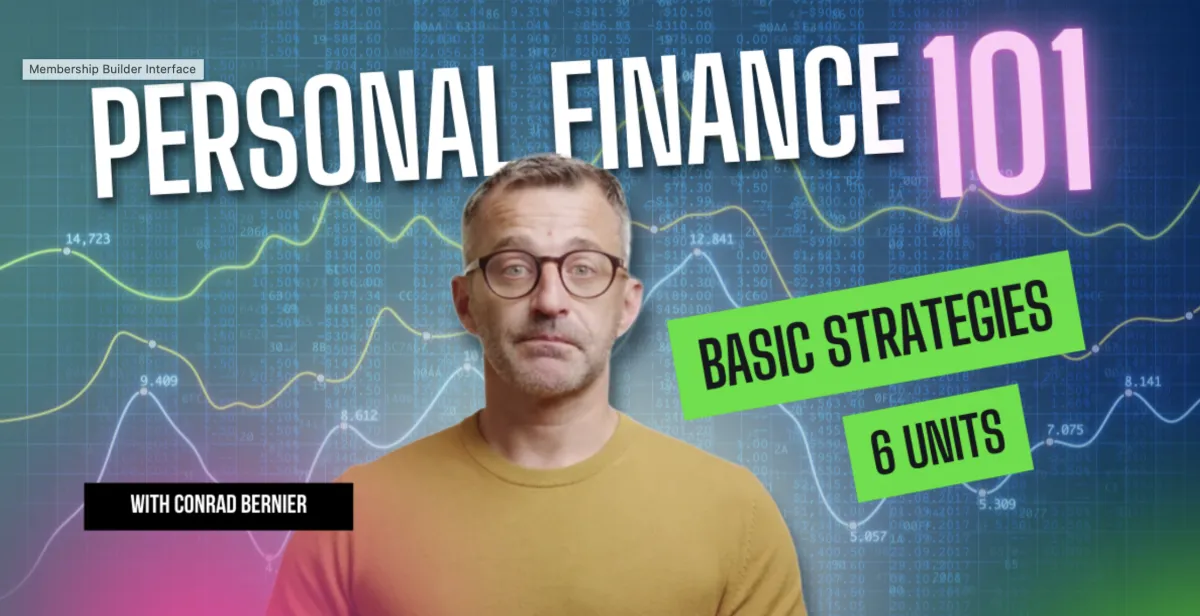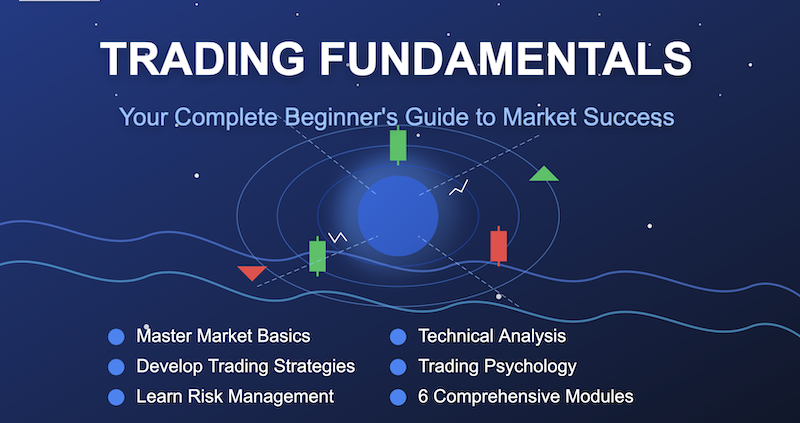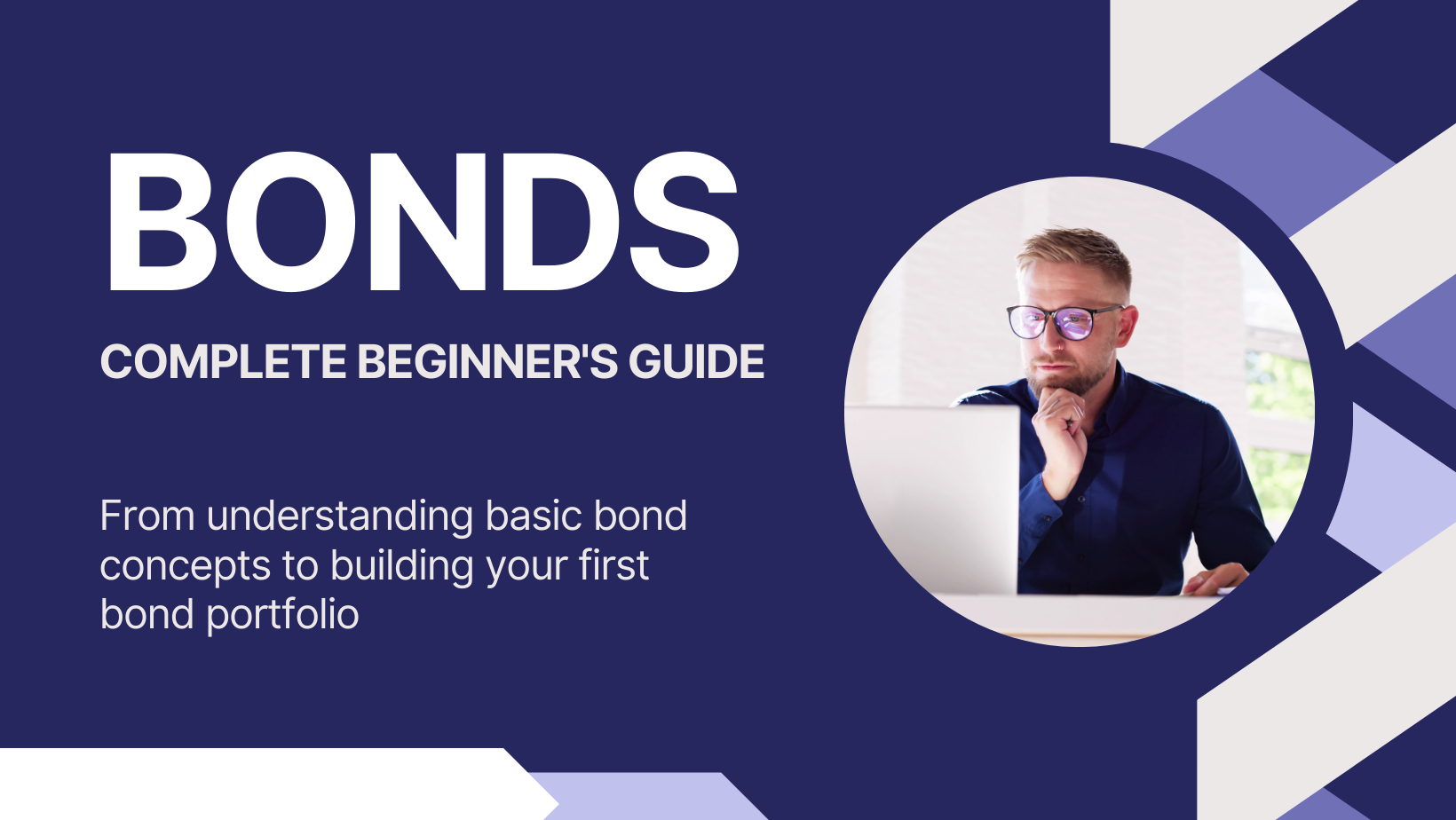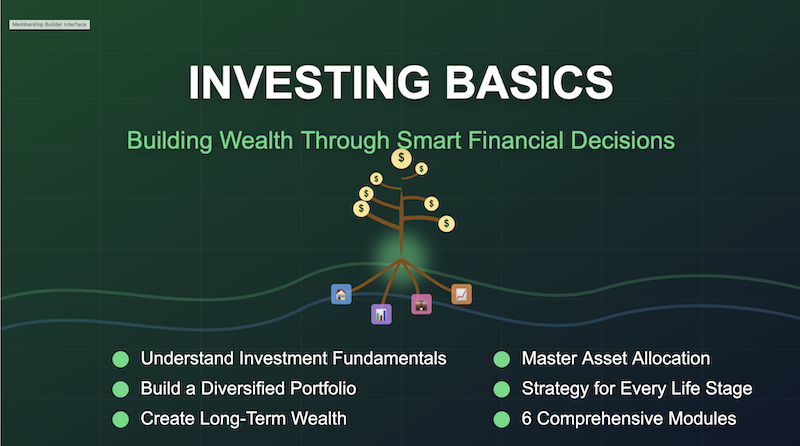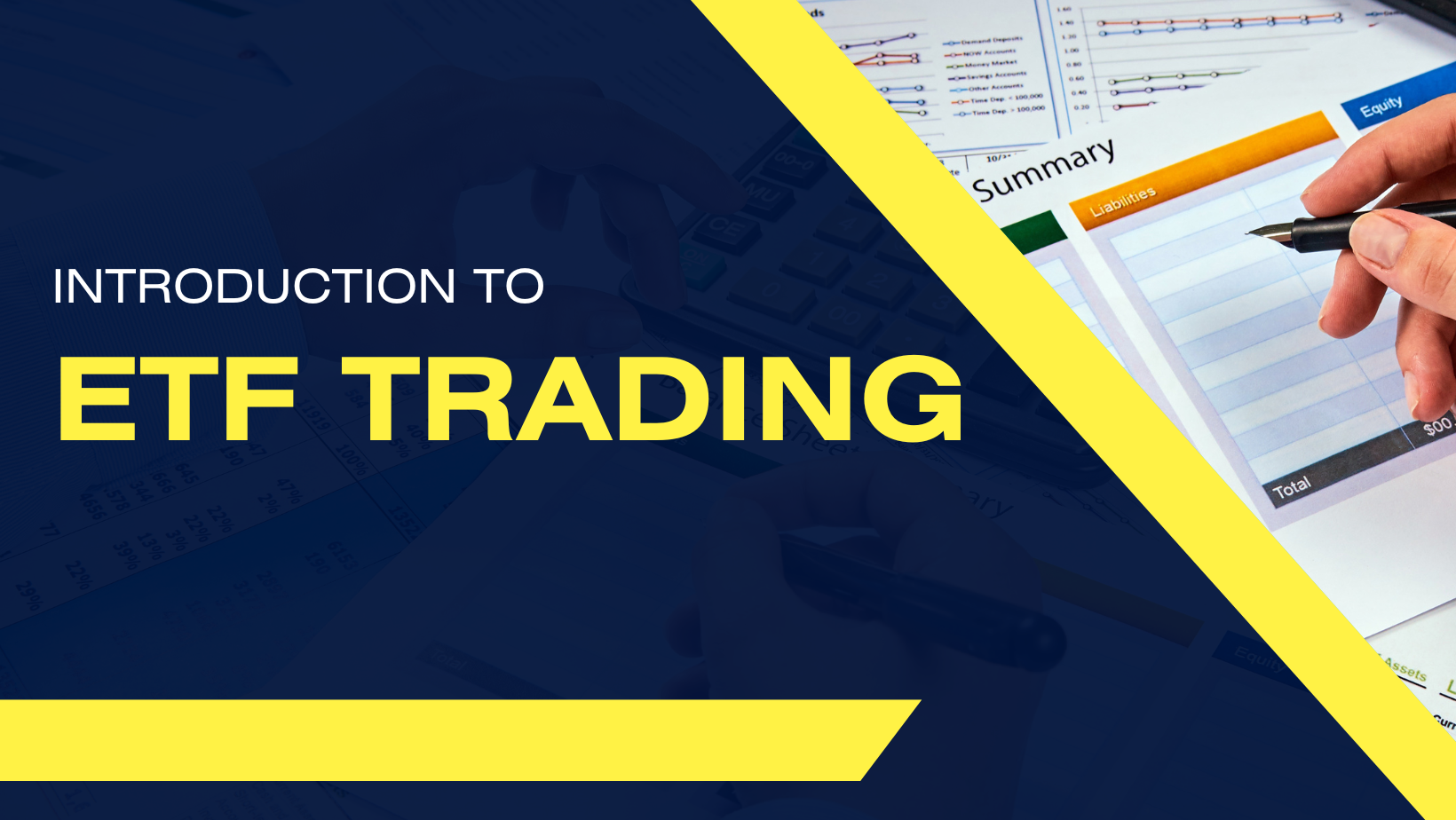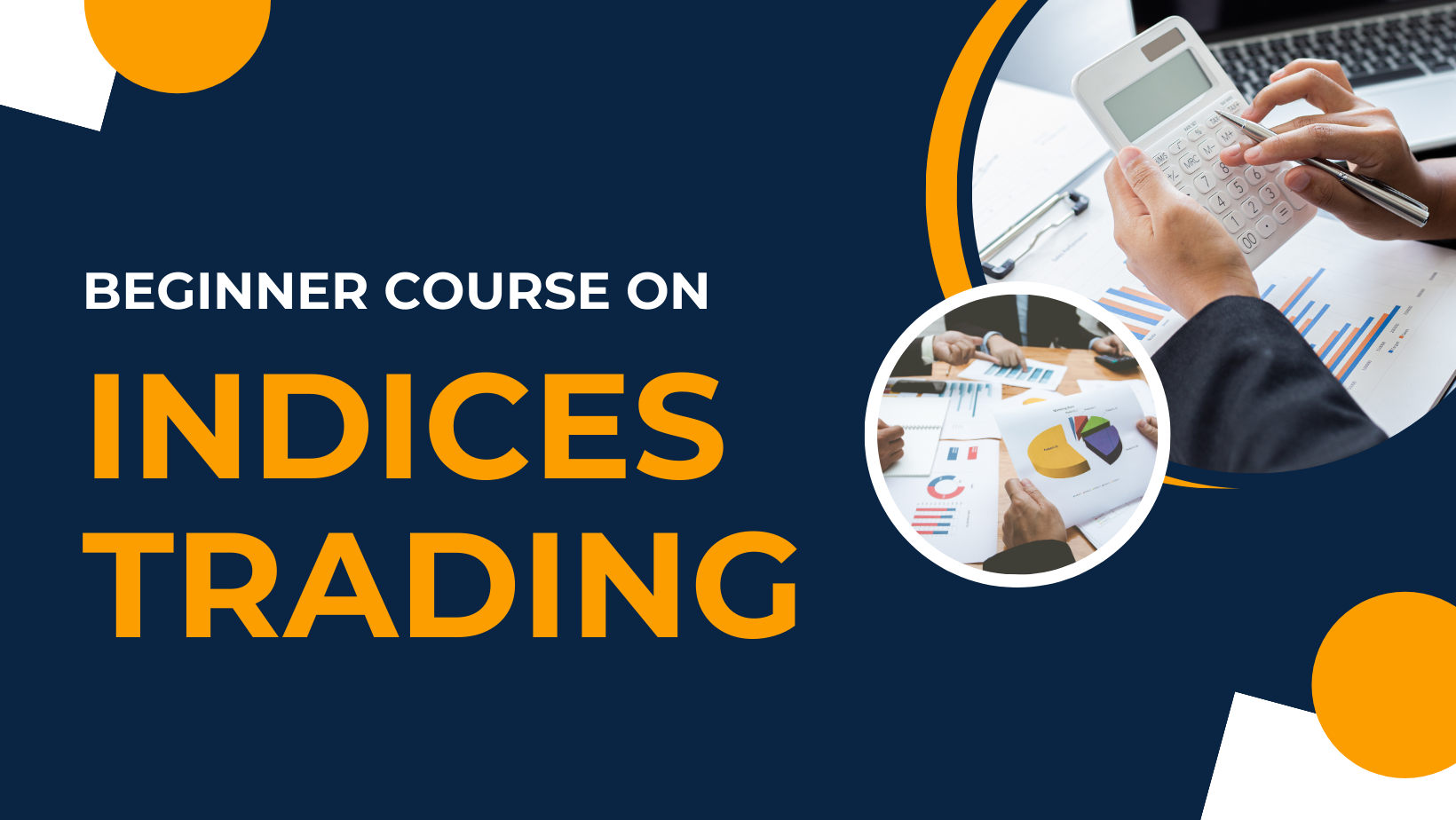Understanding Central Bank Impact on Markets
Central bank announcements are among the most powerful market-moving events in the financial world. When the Federal Reserve, European Central Bank, or Bank of Japan speaks, markets listen—and often react dramatically. These announcements can create significant trading opportunities, but they also carry substantial risks for unprepared traders.
Central banks control monetary policy through interest rate decisions, quantitative easing programs, and forward guidance. Their communications can instantly shift market sentiment, currency values, and asset prices across all major markets. Understanding how to navigate these events is crucial for any trader looking to capitalize on news-driven volatility.
This guide will teach you how to prepare for, trade around, and protect yourself during central bank announcements. You'll learn to identify high-impact events, develop appropriate strategies, and avoid the common pitfalls that trap inexperienced traders.
Market Impact
Instant price movements
Key Types of Central Bank Announcements
Not all central bank communications carry equal weight. Understanding the hierarchy of announcements helps you prioritize which events deserve your attention and preparation.
Interest Rate Decisions
Frequency: Every 6-8 weeks
Impact: Highest market volatility
Affects: Currency, bonds, stocks, commodities
Key Focus: Rate changes and future guidance
Press Conferences
Frequency: After major meetings
Impact: High volatility during Q&A
Affects: All major asset classes
Key Focus: Forward guidance and policy hints
Meeting Minutes
Frequency: 3 weeks after meetings
Impact: Moderate volatility
Affects: Primarily bonds and currency
Key Focus: Policy debate details and voting patterns
Speeches & Testimony
Frequency: Weekly or bi-weekly
Impact: Variable, context-dependent
Affects: Specific sectors or currencies
Key Focus: Policy evolution and economic outlook
Priority Ranking for Traders
Tier 1: Interest rate decisions with press conferences
Tier 2: Emergency meetings and major policy announcements
Tier 3: Regular speeches by key officials
Tier 4: Meeting minutes and routine communications
Major Central Banks and Their Market Impact
Different central banks have varying degrees of global influence. Understanding their relative importance helps you allocate attention and resources effectively when trading news events.
Global Central Banks - Impact Rankings
| Rank | Central Bank | Currency | Global Impact | Volatility Level | Meeting Frequency | Key Rate | Primary Focus |
|---|---|---|---|---|---|---|---|
| 1 | Federal Reserve (Fed) | USD | Highest | High | 8 times/year | 5.25-5.50% | Employment & Inflation |
| 2 | European Central Bank (ECB) | EUR | High | High | 8 times/year | 4.50% | Price Stability |
| 3 | Bank of Japan (BoJ) | JPY | Medium-High | Medium | 8 times/year | -0.10% | Yield Curve Control |
| 4 | Bank of England (BoE) | GBP | Medium | High | 8 times/year | 5.25% | Inflation Targeting |
| 5 | Bank of Canada (BoC) | CAD | Medium | Medium | 8 times/year | 5.00% | Inflation Control |
| 6 | Reserve Bank of Australia (RBA) | AUD | Medium | Medium | 11 times/year | 4.35% | Employment & Inflation |
| 7 | Swiss National Bank (SNB) | CHF | Low-Medium | High | 4 times/year | 1.75% | Price Stability |
| 8 | Reserve Bank of New Zealand (RBNZ) | NZD | Low | Medium | 7 times/year | 5.50% | Inflation Targeting |
| 9 | People's Bank of China (PBoC) | CNY | Medium | Low | Irregular | 3.45% | Economic Growth |
| 10 | Norges Bank | NOK | Low | Medium | 8 times/year | 4.50% | Inflation Targeting |
Trading Priority Guidelines
✓ Focus on Top 4: Fed, ECB, BoJ, and BoE drive most global volatility
✓ Time Zone Awareness: Plan around announcement schedules
✓ Currency Pairs: Major pairs see highest liquidity during announcements
✓ Cross-Market Impact: Central bank decisions affect stocks, bonds, and commodities
Typical Market Reaction Timeline
Understanding how markets typically react to central bank announcements helps you time your trades and manage risk effectively. Market reactions follow predictable patterns that smart traders can exploit.
Volatility Phases Around Announcements
Typical volatility pattern during central bank announcements
Trading Timeline Strategy
Pre-Event
2-24 hours before
Position sizing & preparationAnnouncement
Event release
Immediate reaction tradingInterpretation
0-30 minutes
Market digests informationSettlement
30min-24 hours
Trend establishmentEffective Trading Strategies for Central Bank Events
Different trading approaches work better for different types of traders and market conditions. Choose strategies that match your risk tolerance, available time, and market experience.
Immediate Reaction Trading
Timeframe: 0-15 minutes after announcement
Best For: Experienced day traders with fast execution
Risk Level: Very High
Requirements: Real-time data, low latency, tight stops
Trend Following
Timeframe: 30 minutes to several hours
Best For: Swing traders seeking established moves
Risk Level: Medium-High
Requirements: Patience, trend identification skills
Straddle Strategy
Timeframe: Pre-event positioning
Best For: Options traders expecting high volatility
Risk Level: Medium
Requirements: Options knowledge, volatility analysis
Defensive Positioning
Timeframe: Days to weeks before/after
Best For: Conservative traders and investors
Risk Level: Low-Medium
Requirements: Portfolio hedging knowledge
Strategy Selection Criteria
Experience Level: Match strategy complexity to your skill level
Capital Requirements: Some strategies need larger account sizes
Time Availability: Immediate reaction trading requires full attention
Risk Tolerance: Higher potential returns come with higher risks
Top 10 ETFs for Trading Central Bank Announcements
These ETFs provide excellent exposure to assets most affected by central bank decisions. They offer liquidity, tight spreads, and clear directional moves during monetary policy events.
Best ETFs for Central Bank Event Trading
| Rank | ETF Name | Ticker | Expense Ratio | Risk Level | Avg Daily Volume | Assets (Billions) | Primary Sensitivity |
|---|---|---|---|---|---|---|---|
| 1 | SPDR S&P 500 ETF | SPY | 0.09% | Medium | 85M | $380 | Fed policy, risk sentiment |
| 2 | iShares 20+ Year Treasury | TLT | 0.15% | High | 25M | $45 | Interest rate changes |
| 3 | Financial Select Sector SPDR | XLF | 0.10% | High | 45M | $40 | Interest rate policy |
| 4 | Invesco CurrencyShares Euro | FXE | 0.40% | Medium | 2M | $0.3 | ECB policy, EUR strength |
| 5 | Invesco DB US Dollar Bullish | UUP | 0.75% | Medium | 3M | $0.8 | Fed hawkishness, USD strength |
| 6 | iShares TIPS Bond ETF | SCHP | 0.05% | Low | 1.5M | $25 | Inflation expectations |
| 7 | SPDR Gold Shares | GLD | 0.40% | Medium | 8M | $55 | Real interest rates |
| 8 | iShares 7-10 Year Treasury | IEF | 0.15% | Medium | 4M | $20 | Medium-term rate policy |
| 9 | Utilities Select Sector SPDR | XLU | 0.10% | Low | 8M | $15 | Interest rate sensitivity |
| 10 | Real Estate Select Sector SPDR | XLRE | 0.10% | High | 3M | $5 | Rate policy, credit conditions |
ETF Selection for Central Bank Trading
✓ High Liquidity: Choose ETFs with daily volume over 1 million shares
✓ Clear Sensitivity: Focus on assets with predictable central bank reactions
✓ Tight Spreads: Lower trading costs during volatile periods
✓ Sector Exposure: Financials and utilities are most rate-sensitive
Benefits of Trading Central Bank Announcements
When approached correctly, central bank event trading offers unique advantages that can enhance your overall trading performance and portfolio returns.
Predictable Volatility
Central bank meetings are scheduled in advance, allowing you to prepare for increased volatility. This predictability helps with position sizing and risk management planning.
High Profit Potential
Major announcements can move markets 2-5% in minutes, creating substantial profit opportunities for traders positioned correctly with appropriate risk management.
Global Market Impact
Central bank decisions affect multiple asset classes simultaneously—currencies, bonds, stocks, and commodities—providing diverse trading opportunities.
Clear Market Direction
Unlike technical breakouts, central bank announcements often create sustained directional moves based on fundamental policy changes rather than temporary sentiment shifts.
Time-Efficient Trading
Most significant moves occur within hours of announcements, making this strategy suitable for traders who can't monitor markets constantly throughout the day.
Defined Risk Events
You know exactly when volatility will spike, allowing for precise risk management and position sizing rather than being caught off-guard by unexpected news.
Avoid These Critical Trading Mistakes
Central bank event trading can be highly profitable, but it's also where many traders lose significant capital. Learning from these common mistakes can save you from costly errors.
Oversized Positions
Using too much leverage or position size during high-volatility events. The rapid price movements can quickly exceed stop-loss levels and cause major losses.
Solution: Reduce position sizes by 50-75% during major announcements to account for increased volatility.
Trading the Initial Spike
Jumping into trades immediately after announcements often leads to getting whipsawed by erratic price action and poor fills during peak volatility.
Solution: Wait 5-15 minutes for initial volatility to settle before entering positions.
No Stop-Loss Strategy
Failing to set appropriate stop-losses or using stops that are too tight for the increased volatility environment of central bank announcements.
Solution: Set wider stops (2-3x normal) and use smaller position sizes to maintain same dollar risk.
Misreading Market Sentiment
Focusing only on the rate decision while ignoring forward guidance, press conference tone, or broader economic context that drives market reactions.
Solution: Analyze the complete announcement package, not just headline numbers.
Overtrading the Event
Making multiple trades during the announcement period, often resulting in high transaction costs and emotional decision-making during volatile conditions.
Solution: Plan one or two high-conviction trades maximum per event.
Poor Timing Preparation
Not accounting for time zone differences, missing announcements, or being unprepared when markets open after major overnight decisions.
Solution: Use economic calendars and set alerts for all major central bank events.
Practical Tips for Central Bank Event Trading
These actionable strategies will help you navigate central bank announcements more effectively and improve your chances of profitable trading outcomes.
Use Economic Calendars
Track all major central bank events using reliable economic calendars. Set alerts 24-48 hours in advance to prepare your trading strategy and position sizing.
Monitor Market Expectations
Check fed funds futures, bond yields, and analyst consensus before events. Markets often move more on surprises than on expected outcomes.
Focus on Liquid Markets
Trade major currency pairs, large-cap ETFs, and high-volume stocks during announcements. Avoid illiquid assets that may have wide spreads during volatility spikes.
Prepare Multiple Scenarios
Plan trades for hawkish, dovish, and neutral outcomes before the announcement. Having predetermined strategies reduces emotional decision-making under pressure.
Watch the Press Conference
The Q&A session often provides more market-moving information than the initial statement. Central bank officials' tone and body language matter as much as their words.
Use Limit Orders
Avoid market orders during peak volatility. Use limit orders to control your entry and exit prices, even if it means missing some moves.
Consider Time Decay
If using options strategies, be aware that volatility often drops quickly after announcements, causing rapid time decay in option premiums.
Track Cross-Asset Correlations
Understand how different assets typically react to central bank decisions. Bond-stock correlations can shift dramatically during policy changes.
Manage Your Emotions
Central bank events can be emotionally intense. Stick to your predetermined plan and avoid making impulsive decisions based on initial market reactions.
Review and Learn
Keep detailed records of your central bank trades. Analyze what worked, what didn't, and how market reactions compared to your expectations.
Central Bank Trading Success Checklist
✓ Preparation: Know the event schedule and market expectations
✓ Position Sizing: Reduce size to account for higher volatility
✓ Risk Management: Set appropriate stops and profit targets
✓ Timing: Wait for initial volatility to settle before entering
✓ Focus: Trade liquid assets with tight spreads
✓ Discipline: Stick to your plan regardless of market noise
✓ Learning: Review each trade to improve future performance
Mastering Central Bank Event Trading
Trading central bank announcements successfully requires a combination of preparation, discipline, and risk management. These events offer some of the most significant profit opportunities in financial markets, but they also carry substantial risks for unprepared traders.
The key to success lies in understanding that central bank communications are not just about interest rates—they're about the future direction of monetary policy, economic outlook, and market sentiment. By focusing on the complete picture rather than just headline numbers, you can better anticipate market reactions and position yourself accordingly.
Remember that consistency beats home runs in central bank event trading. Rather than trying to capture every major move, focus on high-probability setups with favorable risk-reward ratios. Use appropriate position sizing, maintain strict risk management, and always have a predetermined plan before the announcement.
Start small, learn from each event, and gradually build your expertise. Central bank announcements will continue to drive market volatility, and traders who master this skill will have a significant advantage in navigating these high-impact events successfully.
Remember: Preparation Beats Prediction
You don't need to predict exactly what central banks will do—you need to be prepared for multiple scenarios and react appropriately when the information becomes available. Focus on risk management and let the opportunities come to you.




